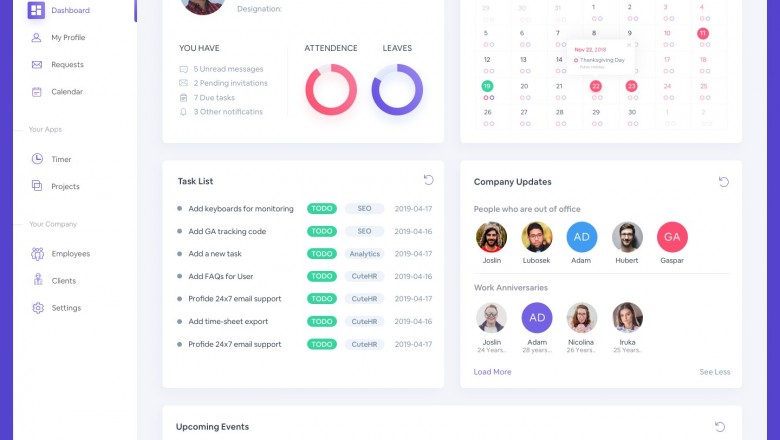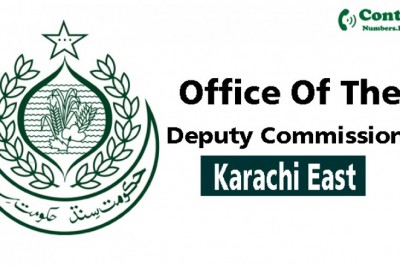views

The problem with this was that it wasn't that serious, the department was only concerned with finding workers for the job, and these jobs were usually the typical "factory" style jobs that did not require much skill.
The modern HRMS can be summarized as having these 4 main functions:
1. Recruitment and Selection: A Jon Analysis has to be written, consisting of a Job Description and Job Specification to list the main tasks and responsibilities of the job, as well as the type of person needed for the job. Job Advertisements have to be designed to attract the required applicants to fill the vacancies, for example, a vacancy for a Managing Director would be expected to be found in a national newspaper, while a job promotion is likely to be found on the notice board in the staff room. The best applicants then have to be selected through various selection methods, such as interviews or aptitude tests.
2. Training and Development: New recruits will be offered Induction Training, and then "On-the-job Training" or "Off-the-job Training". Workers have to be developed by realizing their full abilities, and therefore be motivated to give out their full performance. In the end, LABOUR is an important FACTOR OF PRODUCTION.
3. Payroll and Rewards: The HRM Department will prepare an employment contract, with a given rate of pay, which could be in the form of wages or salaries, as well as any fringe benefits or "perks", such as a company car or a free holiday abroad. This is essential in order to motivate workers to stay and not leave to competitors. If they give out their best performance, they will increase output, and with the same costs, this will lead to a fall in the average cost per unit, something known as "Personnel Economies of Scale". This is a common objective for profit-motivated businesses.
4. Termination and Discipline: A workers employment contract can be terminated under the two following conditions. A worker can be made "redundant" when the worker is no longer needed, which can be the case when the firm wishes to replace workers with machines, and this suggests that the worker has done nothing wrong. The workers can also be dismissed, which is due to a gross misconduct, such as stealing products or deliberately damaging equipment.
HRM is an important department, because most of the times, people can be the most valuable assets of a business.
Wages are also mostly the biggest cost of a business, therefore the management of workers should be done carefully. Workers can also easily leave to work for another competitor, if the competitor offers a hogjer wage rate, or better benefits. The conclusion is that the HRM department will ensure that workers help the business achieve it's OBJECTIVES.












